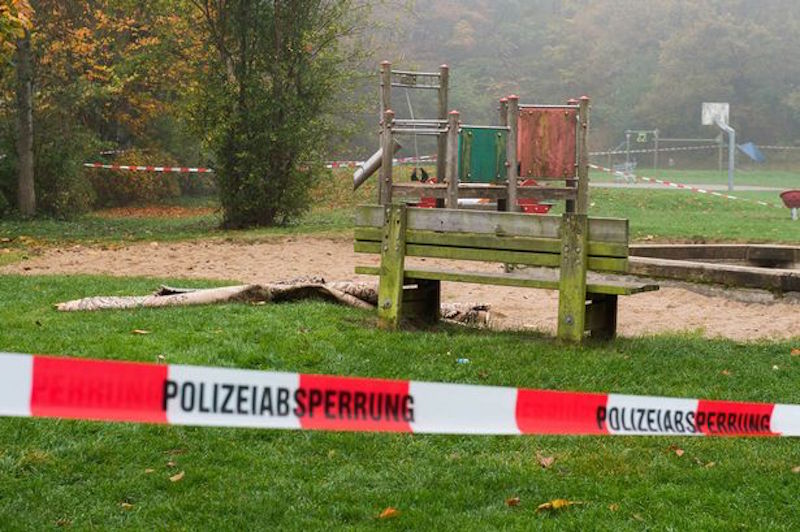The incident took place in Flensburg, in the north of Germany, on Monday evening, with the woman believed to be from Mauritius.
She was rushed to a local hospital, and was later flown by air ambulance to a specialist burns unit in Lubeck where she remains in a critical condition.
Prosecutor Ulrike Stahlmann-Liebelt, who is probing the bizarre blaze, said: "The victim has lived in Flensburg for a long time and has family here."
Spontaneous human combustion (SHC) is the term used when a human body goes up in flames without an apparent external source of ignition. Forensic investigations have attempted to analyze reported instances of SHC and have resulted in theories regarding potential causes.
These include victim behaviour and habits, alcohol consumption and proximity to potential sources of ignition, as well as the behaviour of fires that consume melted fats.
SPONTANEOUS HUMAN COMBUSTION - PHENOMENON OR FRAUD?In the Flensburg case prosecutor Stahlmann-Liebelt said investigators had not yet ruled out whether the woman had actually set alight to herself in a suicide attempt.
Spontaneous human combustion has been implied as a cause if death in a number of documented cases where police have found corpses burned almost to ashes - but without an apparent external source of ignition.
An estimated 200 cases have been found throughout history and victims are often elderly, sick, or under the influence of alcohol, which could explain why they have not been able to escape the flames.
Puzzled scientists have come up with the 'wick theory' to explain such events. The theory is that the human body can become an 'inside out' candle.
The person's clothes are the wick, while their body fat is the wax or flammable substance, that keeps the blaze going. Limbs may be left intact because of the temperature gradient, with the bottom half of the body being cooler than the top.
The combustion would not be 'spontaneous' however, because it would need an external source to start it off, such as a cigarette. Some have suggested that static electricity could cause the necessary spark.




Comment: One wonders if the theory of Electric Universe has anything to do with the phenomenon of SHC: SOTT Talk Radio: The Electric Universe - An interview with Wallace Thornhill